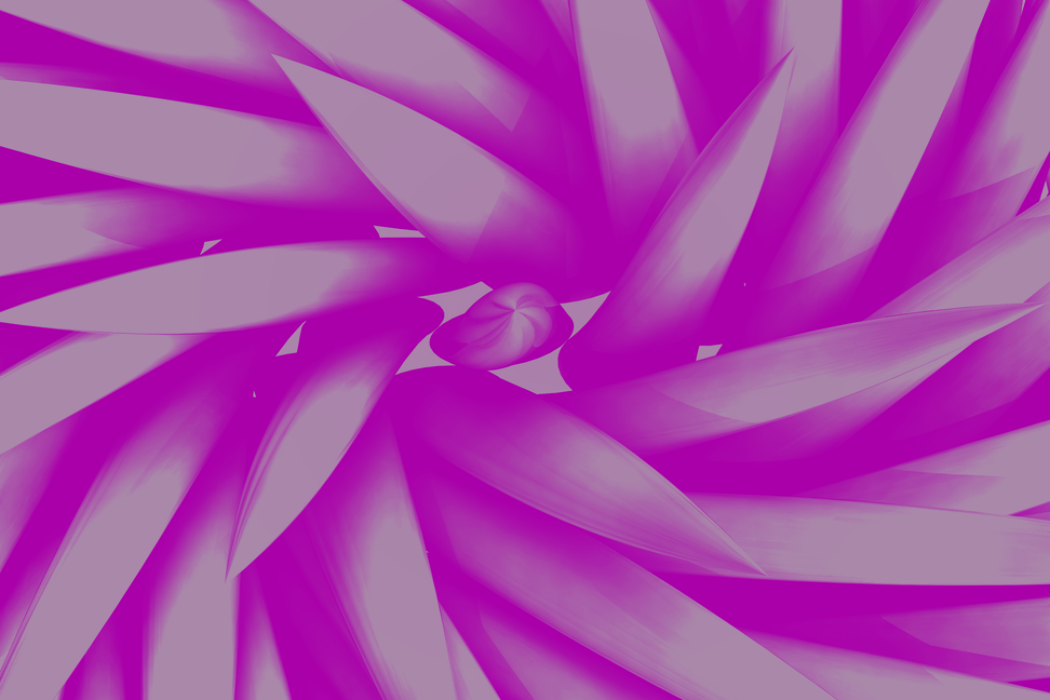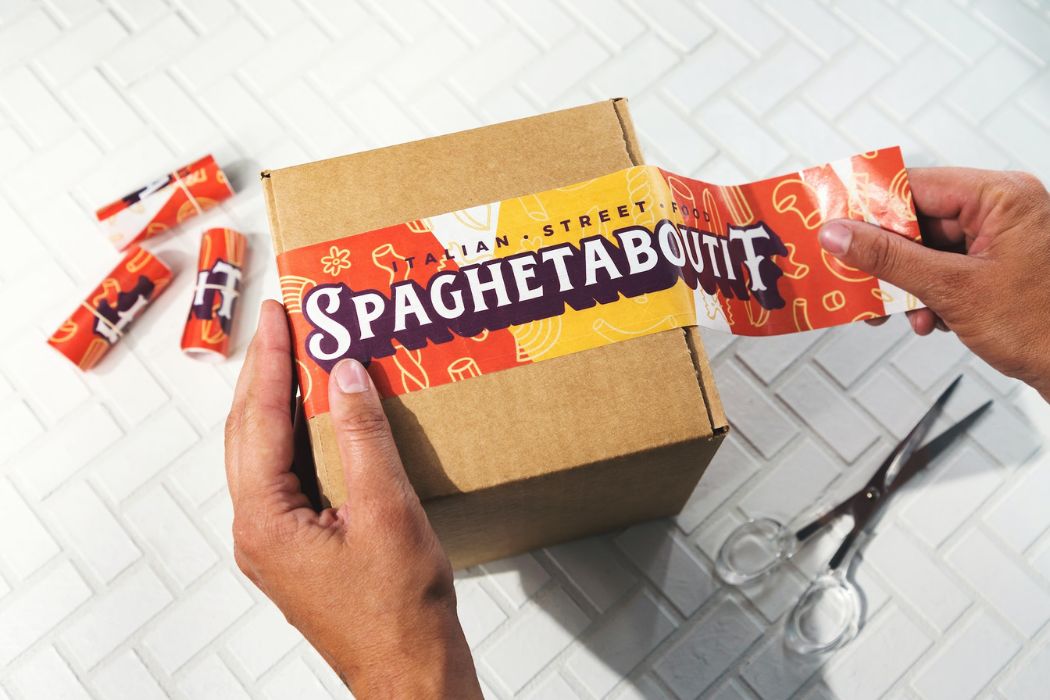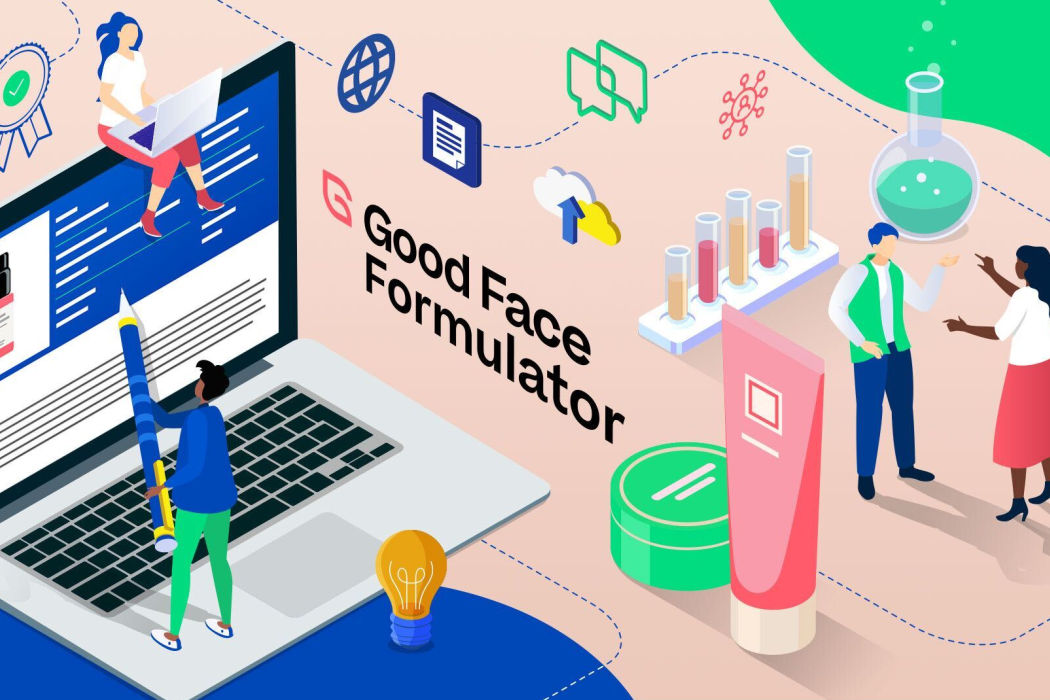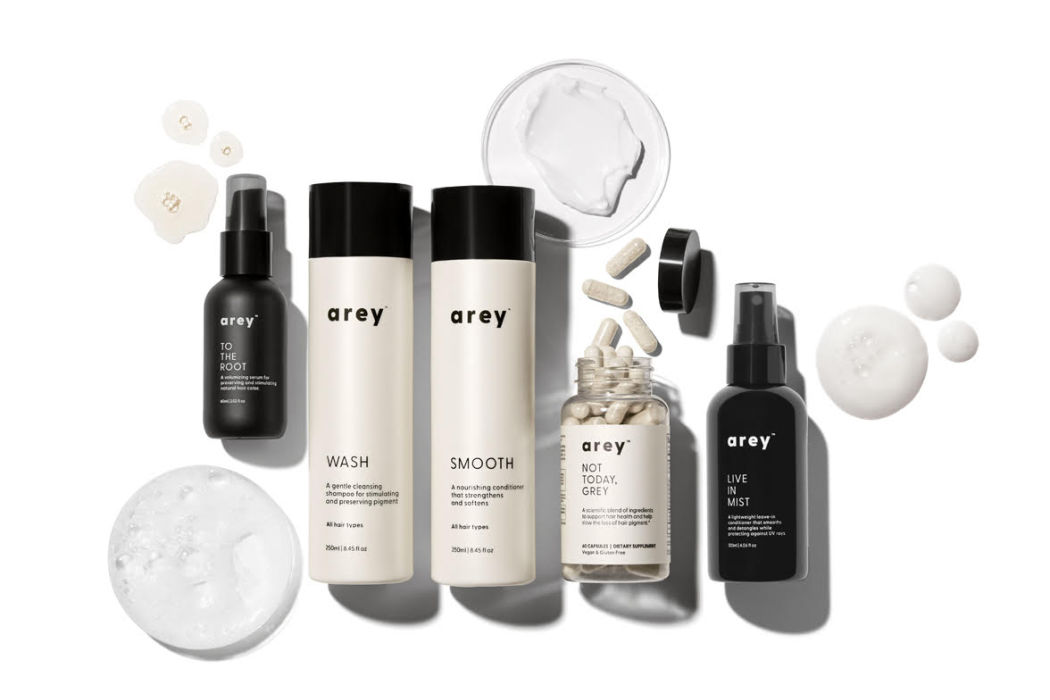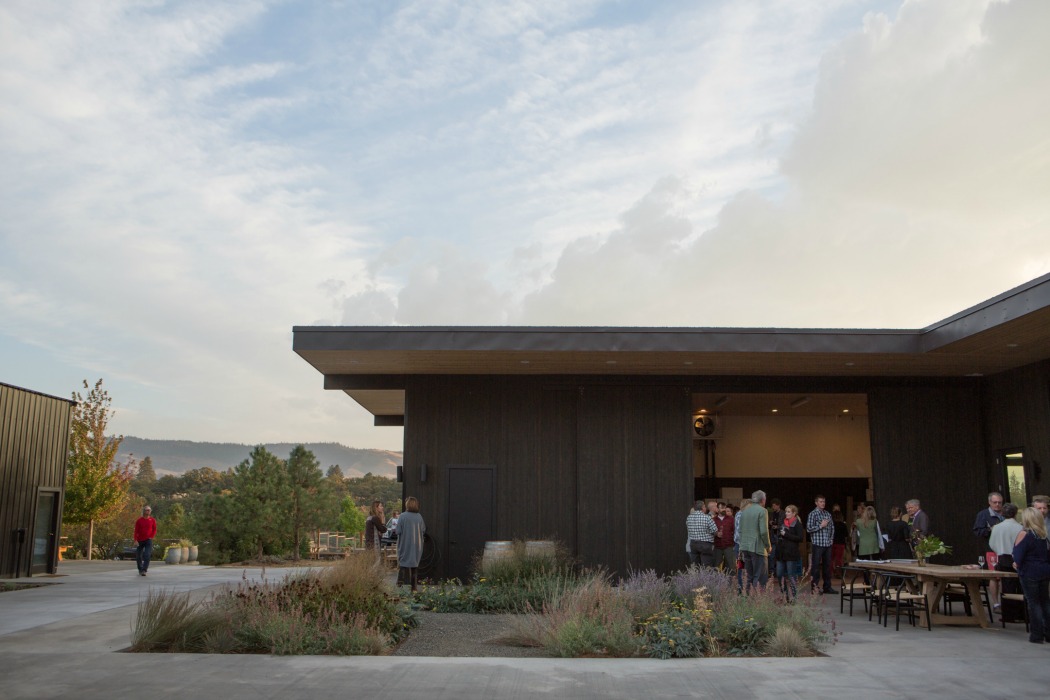EOS. Bumble and Bumble. Rouge Louboutin. Clé de Peau Beauté.
These are just a few of the beauty brands that make me love package design and development. It’s such a fun challenge – figuring out how to convey the most important elements of your brand’s positioning in a unique, memorable and functional way.
And I’m definitely one to buy a product just because of the packaging. I remember when I first caught sight of Lancôme’s Hypnôse Star Mascara. I was captivated by the gorgeous gradient sparkle shimmering along the black bottle, so perfectly reminiscent of the night sky (turns out that effect requires some pretty sophisticated technology and is not at all easy to replicate – I admit, I tried!!).
While I’ve seen some interesting packaging innovations over the years like soft touch, airless and eco, what is becoming available now seems like the stuff of Sci-Fi. With a focus on application in the beauty industry, here are three of the hottest trends in packaging for 2015 and beyond:
3D-printed containers. The 3D-printing industry is expected to be worth approximately $16.2 billion worldwide by 2018. Access to this technology will be impactful in two very important ways – first it will make it easier to produce locally sourced, eco-friendly, recyclable containers and second, it will offer a way for entrepreneurs to enter the market on a limited budget.
The first beauty brand to have success with this technology is Anita’s Balm, a range of natural skin care products. Entrepreneur Anita Redd pioneered a biodegradable 3D-printed container and has a patent pending for her custom 3D-printed designs.
Eco-Friendly materials. Related to the innovation of the 3-D printing, we will continue to see the introduction of smarter and easy-to-recycle packaging that merges innovation with sustainable business practices.
A great example is O’right’s 100% biodegradable Recoffee Tree in the Bottle Shampoo. The earth-friendly plastic is made from plant, fruit and vegetable wastes and features tree seeds in a plug at the bottom of the bottle. When planted, the bottle will biodegrade, becoming the fertilizer to the seeds. The result? A tree will begin to grow in less than 12 mths!
Aveda, one of the original pioneers in the green movement, introduced the first tube in the prestige beauty market that combines post-consumer recycled (PCR) HDPE and bioresin derived from sugarcane bagasse (the fibrous stalks remaining after sugarcane is crushed for sugar production). This type of innovation provides both a re-use opportunity for post-consumer plastic while also replacing non-sustainable (petrochemical-based) material with renewable material (sugarcane).
Tech Infused. LED and NFC (Near Field Communication) technology are poised to revolutionize packaging across all categories, including beauty. For example, NFC enables brands to print information on the packaging that is invisible to the eye until is revealed through the use of smartphone.
Also in development is wearable technology including false nails embedded with magnets, radio-frequency identification tags and conductive polish that will be able to open doors or pay for products. This trend is inspired by the emergence of the Internet of Things, in which objects are connected via embedded technology. Already Japan’s Lumi Deco Nails have been engineered to light up in response to NFC signals from enabled smartphones. The accompanying app can be set to activate the nails when telephone calls and messages are received or when there is low battery.
So to summarize, packaging solutions in skin care and cosmetics are being re-imagined, paving the way for future developments in commercially viable beauty tech devices and new sustainable materials. Check back for more updates – I’ll be closely monitoring these exciting innovations!
-CM
